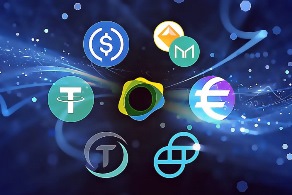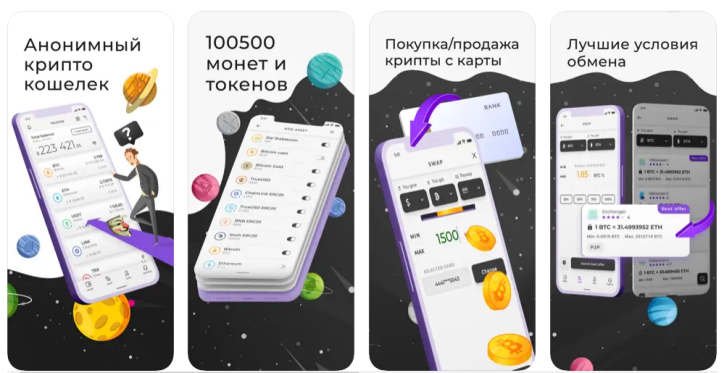Blockchain for stablecoins and other practical aspects of working with similar cryptocurrencies
It’s been almost a year since I started working with such a means of payment and a type of cryptocurrency as stablecoins.

Previously, there was simply no need for this option of electronic money, but gradually this need forced me to create a cryptocurrency wallet.
In the process of working with various cryptocurrencies, I gained some experience that I would like to share with those who are just starting to use stablecoins.
As it turned out, there are more than enough nuances in this issue and almost all of them emerge when you start making the first transfers.
Wallet – today there are quite a few of them, ranging from the simplest versions for computers and phones to the most secure hardware crypto wallets.
I settled on one of the simplest options, Trustee Wallet, a crypto wallet for a smartphone:

The application is not particularly different from hundreds of other similar applications for the phone; it allows you to change, buy and sell, and displays cryptocurrencies on cards or electronic payment systems.
I myself only use transactions with stablecoins, I receive, pay and sometimes withdraw through an exchanger to a bank card. The commission when sending stablecoins is on average from 0.5% to 0.7%, which suits me quite well.
In this case, the passphrase must be stored in an accessible place, but away from your phone, as an option on a password-protected flash drive or in a specially created cloud in a password-protected archive.
Blockchain – on which the selected stablecoin is based. It was not a pleasant surprise for me that stablecoins are not fully independent cryptocurrencies:

And in order to receive a transfer in certain stablecoins, you must first top up the account of the underlying cryptocurrency, the blockchain of which is used with 100 US dollars. Since it is this cryptocurrency that will be used to write off the commission when sending stablecoins.
Most of the stablecoins popular today are based on Ethereum, Bitcoin, Tron, there are other options, but these are currently the most common. That is, they make it easier to issue an invoice or pay.
I use Tether (USDT TRC20) on Tron and Binance USD (BUCD ERC20) on Ethereum, a habit of not putting all my eggs in one basket.
For the same reason, Tether is stored in the Trustee Wallet, and Binance USD is stored in the Binance . The latter is also due to the fact that on Binance you can get a plastic card to pay for purchases in real life with instant exchange for the selected currency.
I have to use stablecoins mainly in transactions with brokers , when I need to top up a trader’s account or, conversely, withdraw the profits.

